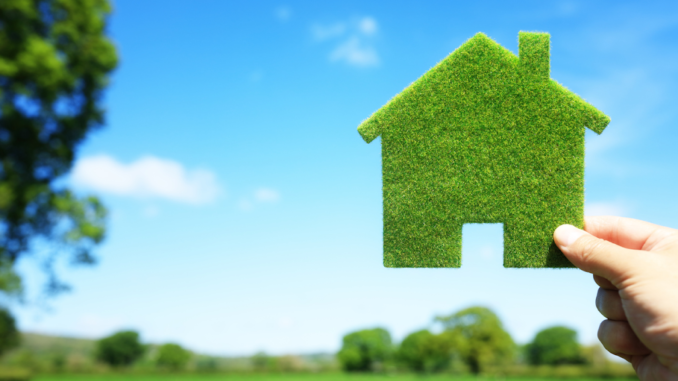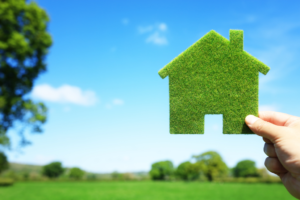
In an era where environmental consciousness is at the forefront of societal concerns, the concept of “green mortgages” has emerged as a groundbreaking initiative within the real estate and financial sectors. A green mortgage, also known as an eco-friendly or energy-efficient mortgage, is a specialized financing option designed to promote sustainable living by incentivizing energy-efficient home improvements or the purchase of environmentally friendly homes.
The Core Principles of Green Mortgages
Green mortgages are rooted in the fundamental idea of encouraging homeowners to adopt eco-friendly practices and invest in energy-efficient technologies. These mortgages typically offer favorable terms, such as lower interest rates or increased borrowing limits, as a reward for environmentally conscious choices. The underlying belief is that by promoting sustainability, both homeowners and the broader community can contribute to a greener, more resilient future.
Financing Energy-Efficient Homes
One facet of green mortgages involves financing homes that already boast energy-efficient features. Such features may include solar panels, energy-efficient appliances, advanced insulation, and other eco-friendly building materials. Lenders recognize the long-term benefits of these features, such as reduced utility costs and a smaller environmental footprint. Consequently, they may offer more attractive loan terms to incentivize the purchase of such properties.
Home Improvement and Renovation Loans
Green mortgages extend beyond the initial purchase of eco-friendly homes to encompass financing for energy-efficient home improvements and renovations. Borrowers can access funds to invest in upgrades like energy-efficient windows, smart thermostats, solar water heaters, or other sustainable technologies. These improvements not only enhance the property’s value but also contribute to lower utility bills and reduced overall environmental impact.
Environmental and Financial Benefits
The symbiotic relationship between environmental responsibility and financial incentives is a hallmark of green mortgages. Homeowners not only contribute to a healthier planet but also stand to benefit financially from reduced energy costs and potential tax incentives for adopting eco-friendly practices. Lenders, in turn, mitigate risks associated with environmental degradation, positioning green mortgages as a win-win solution for all stakeholders involved.
Government Initiatives and Incentives
Many governments worldwide have recognized the potential of green mortgages as a catalyst for sustainable living. In response, various financial institutions collaborate with government programs to offer additional incentives, such as grants, tax credits, or subsidized interest rates for borrowers embracing environmentally friendly homeownership. These collaborative efforts further amplify the positive impact of green mortgages on both the individual and societal levels.
Overcoming Challenges and Spreading Awareness
While the concept of green mortgages is gaining traction, challenges such as awareness and standardization remain. Many potential homeowners are still unfamiliar with the existence and benefits of these specialized financing options. Additionally, standardizing criteria for energy-efficient features and ensuring consistent evaluation methods are crucial for the widespread adoption of green mortgages.
Conclusion
Green mortgages represent a revolutionary step towards aligning economic interests with environmental sustainability. As the world grapples with the consequences of climate change, the intersection of finance and eco-conscious living provides a tangible solution. By promoting energy-efficient homes and encouraging sustainable practices, green mortgages not only empower individual homeowners but contribute to a collective effort to build a more sustainable and resilient future for generations to come. As awareness grows and collaborative efforts expand, green mortgages have the potential to become a cornerstone in the global shift towards environmentally responsible living.

Leave a Reply